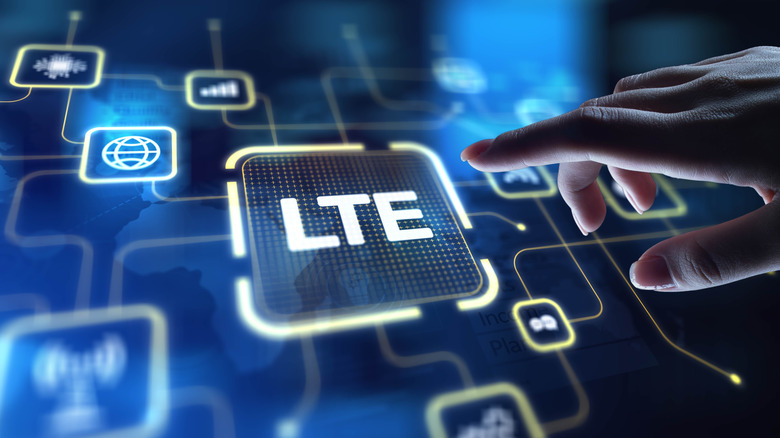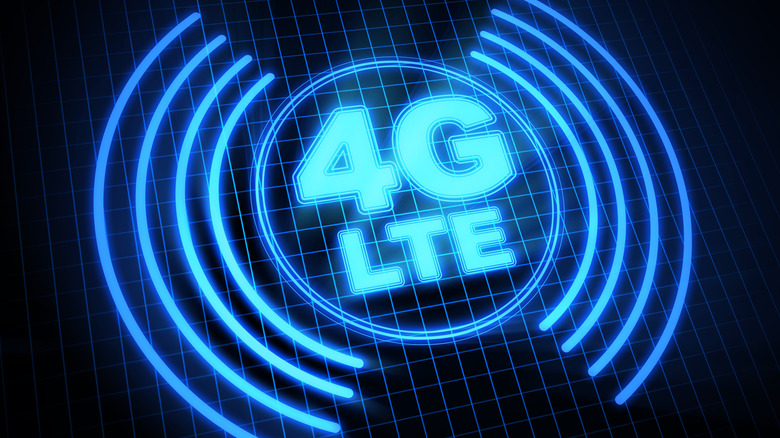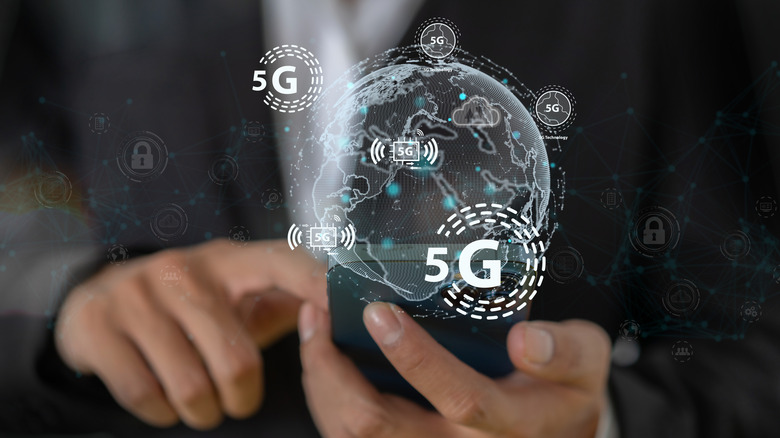What Does LTE Stand For? The Meaning Behind The Acronym (And Why It's Used)
Most of us ignore that little "LTE" symbol in the corner of our screens, but real chaos is unleashed when it disappears. Suddenly, loading a single webpage feels like you've time-traveled back to the dial-up era. Videos refuse to play, messages take forever to send, and you're this close to hurling your phone at the wall.
LTE is the reason modern mobile internet doesn't feel like a patience test. Introduced in the late 2000s, it was a giant leap from 3G, delivering faster speeds, smoother streaming, and call quality that doesn't sound like a tin-can telephone. Thanks to LTE, you can scroll TikTok for hours, binge Spotify on the go, and video call without freezing mid-sentence.
5G might be the current buzzword, but LTE is still the backbone of mobile networks worldwide, keeping millions connected when 5G isn't available. Let's break down what LTE really stands for, and why it's still the unsung hero of today's mobile internet.
What is LTE?
LTE, short for Long Term Evolution, is the technology that powers 4G mobile networks. Developed by the 3rd Generation Partnership Project (3GPP), it was designed as a major upgrade over 3G to boost data speeds, reduce lag, and make mobile internet more reliable overall.
Before LTE, 3G networks struggled with limited bandwidth and outdated infrastructure. That meant slow browsing, video buffering, and dropped connections in busy areas. LTE fixed this by switching to a faster, all-IP system that took a more efficient approach to handling data.
Instead of sending data in bulky chunks like 3G, LTE breaks it down into smaller packets that travel faster and smoother. It's like upgrading from a pothole-ridden one-lane road to a smooth, multi-lane expressway — more data can zoom through at once, and you're less likely to hit a traffic jam. LTE also cuts down on digital delays, slashing latency from around 100 milliseconds in 3G to as low as 30–50 milliseconds. That means smoother video calls, snappier apps, and lightning-fast searches.
Under the hood, LTE runs on clever tech like OFDMA (Orthogonal Frequency-Division Multiple Access) and MIMO (Multiple Input Multiple Output), which basically let your device juggle more data streams at once. That brainy backend is what made LTE fast enough to unlock modern conveniences, from ride-hailing apps to real-time maps, and set the stage for everything mobile networks would become.
Wait...aren't 4G and LTE the same thing?
They're often used interchangeably, and for most people, they feel the same. Your phone says "4G," your videos load fast, life is good. But under the hood, there's a technical distinction. 4G is the broader category — a generation of mobile tech. LTE is the specific technology that made 4G possible in the first place. In other words, 4G is the destination and LTE is the bridge that made it possible to cross over.
When LTE first launched, it failed to reach the International Telecommunication Union's rigorous standards for what constitutes a "true 4G," namely 100 Mbps from a mobile position, and 1 Gbps on a stationary one. Still, because it was so much faster and more efficient than 3G, carriers (and the public) ran with it and called it 4G anyway.
Eventually, LTE got a major upgrade: LTE-Advanced (and later LTE-A Pro). These versions did meet the ITU's original 4G standards, so if we're being technical, they're the real 4G, and while all LTE is considered part of the 4G family, not all LTE versions are technically "true" 4G.
So, will 5G replace 4G and LTE?
Not immediately, and not entirely. 5G might be the next big leap in mobile networks, but it doesn't make 4G LTE obsolete. In fact, many 5G deployments today are non-standalone (NSA), meaning they still rely on the existing LTE infrastructure to deliver service. It makes it possible for mobile carriers rolling out 5G to do it faster and more affordably, since they're not necessarily starting from scratch.
It's part of the broader story of how mobile networks evolve. Rather than replacing older generations outright, each new standard is an iteration in a longer chain of progress: LTE itself was a leap from 3G, which evolved from GSM and UMTS standards before it. And just like LTE paved the way for 5G, 5G will lay the groundwork for whatever comes next. It's less like swapping phones and more like adding storeys to a skyscraper.
So, will 5G eventually replace LTE? Yes, but gradually. As standalone (SA) 5G networks roll out and become the norm, LTE will gradually play a smaller role. But that transition will take years, especially in regions where LTE is still expanding.



